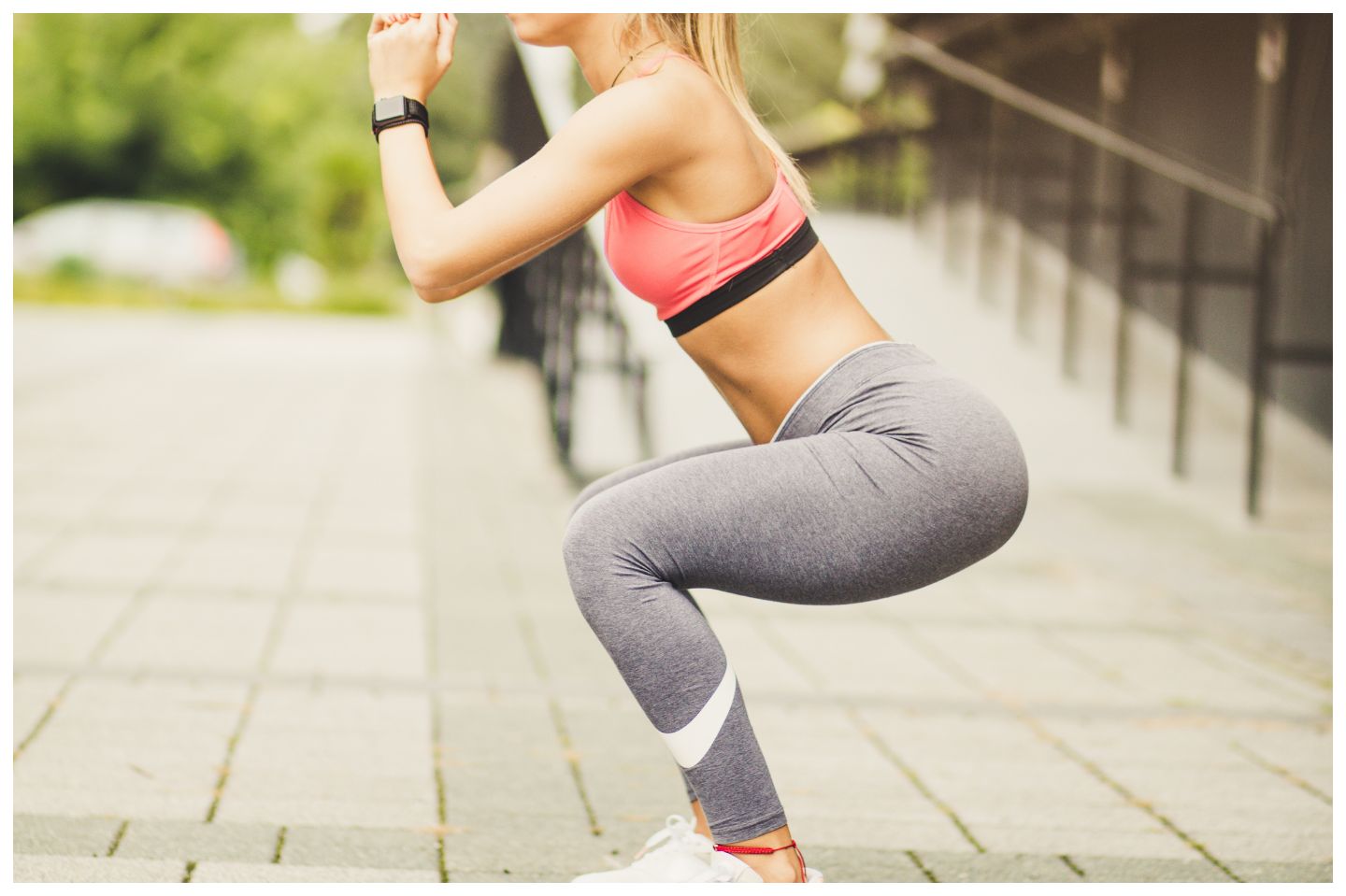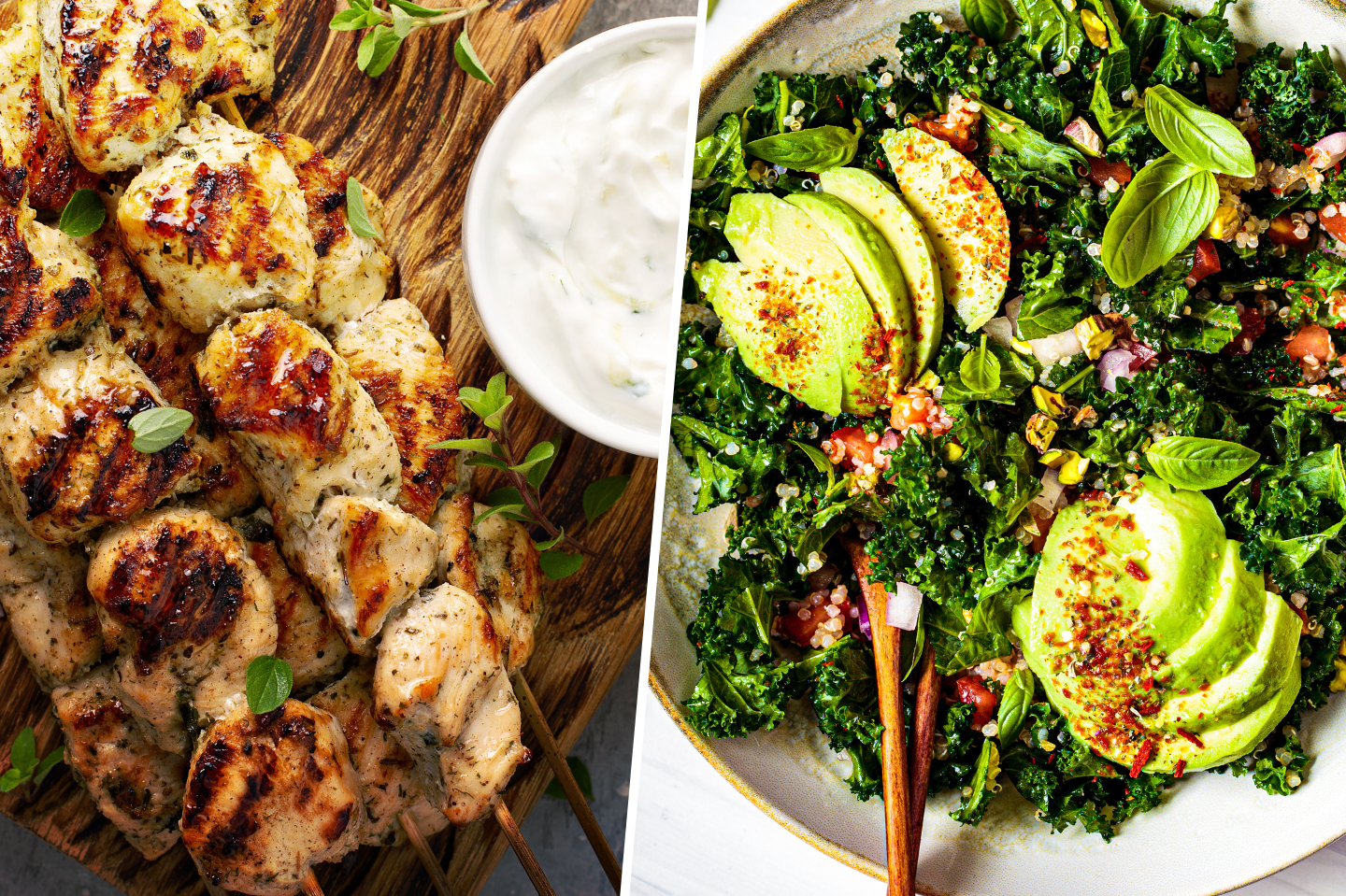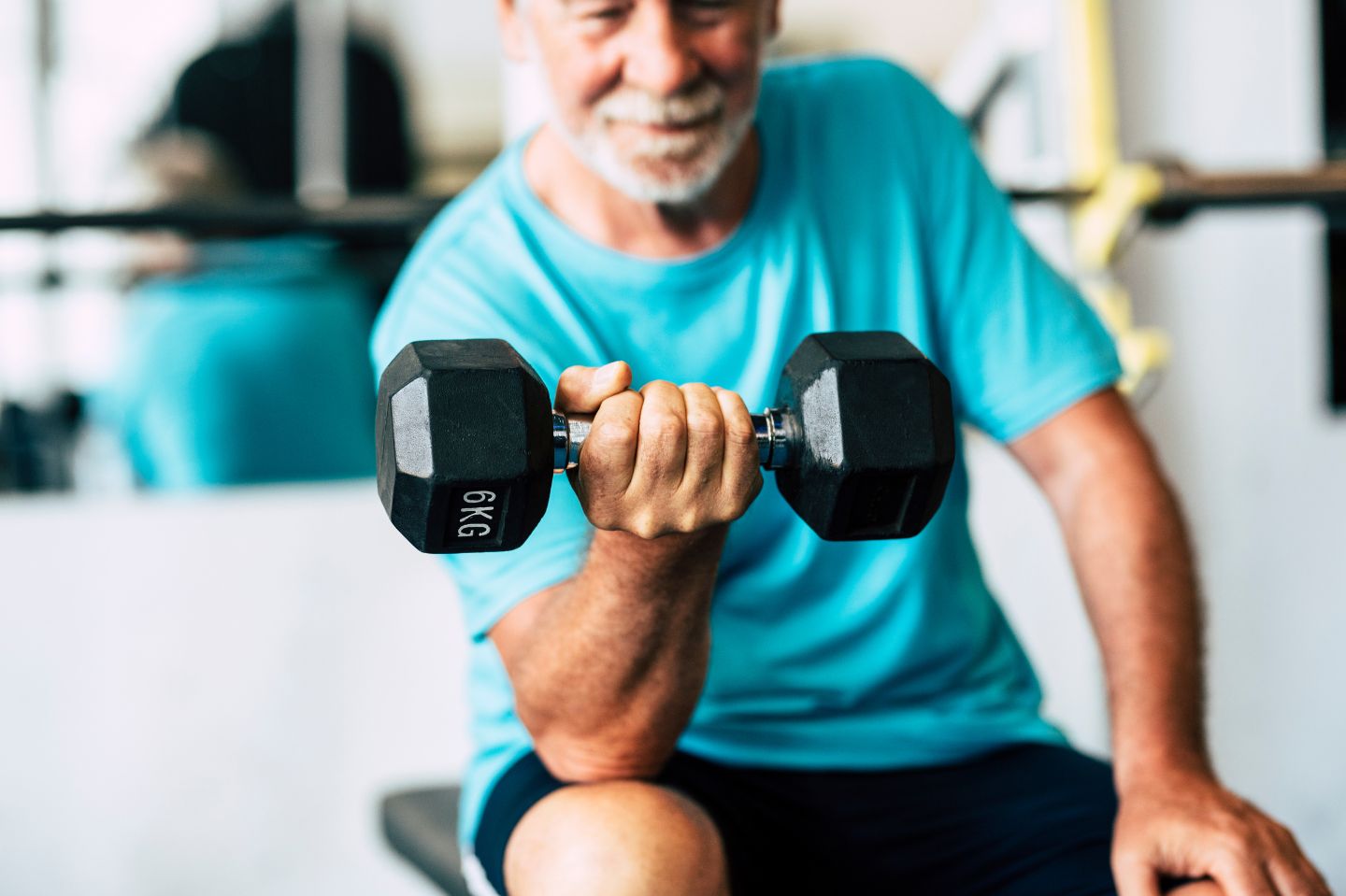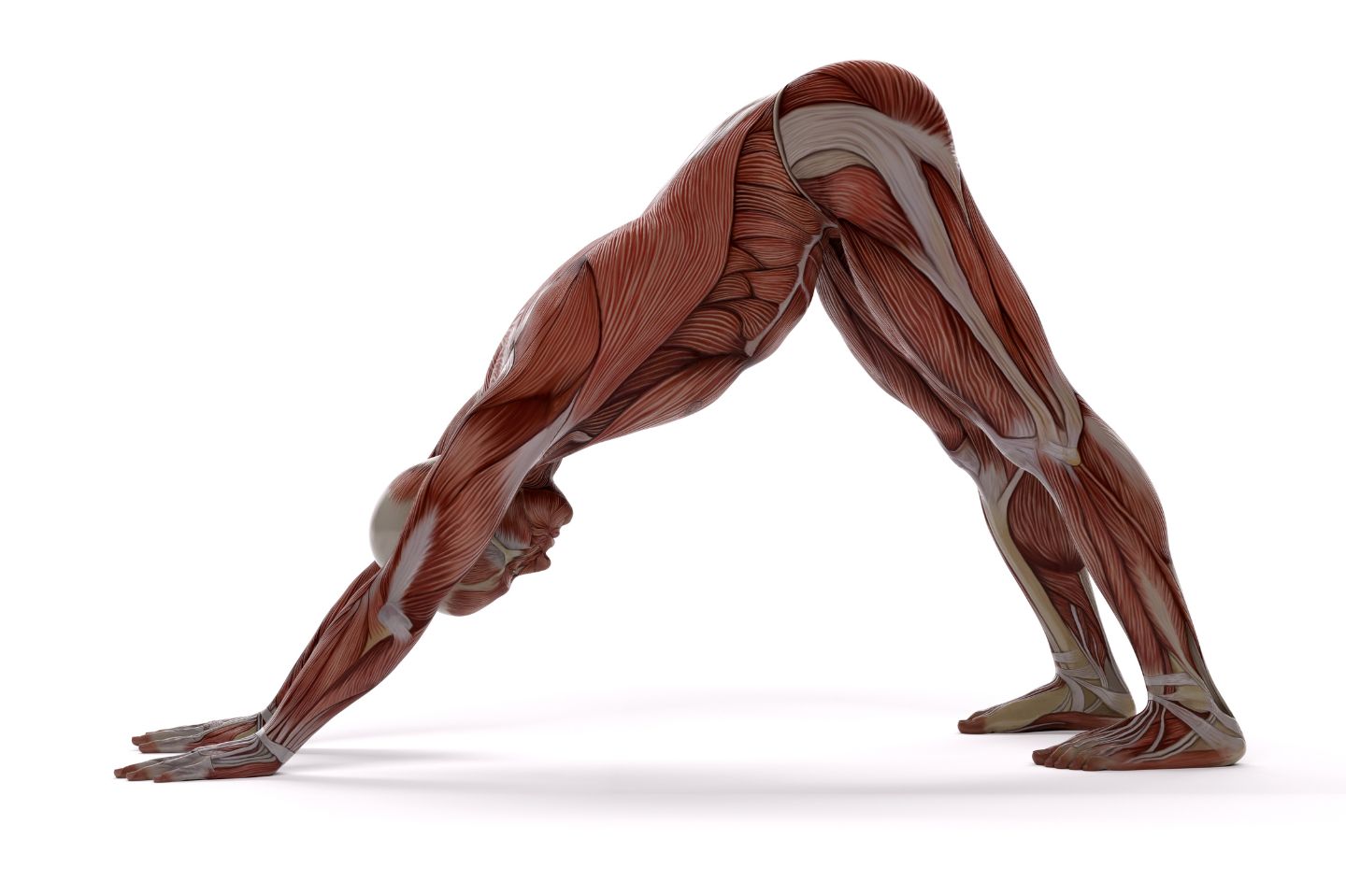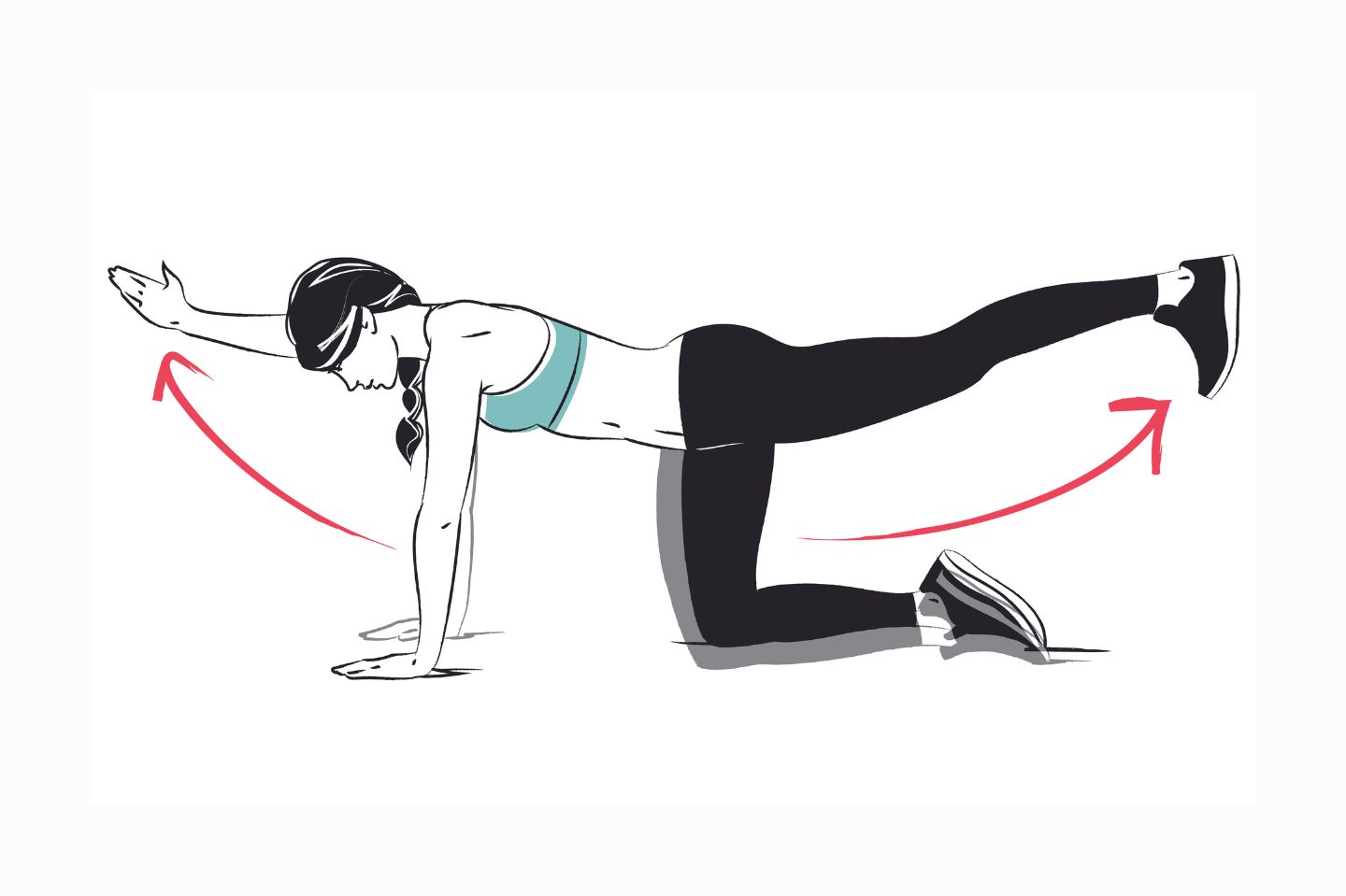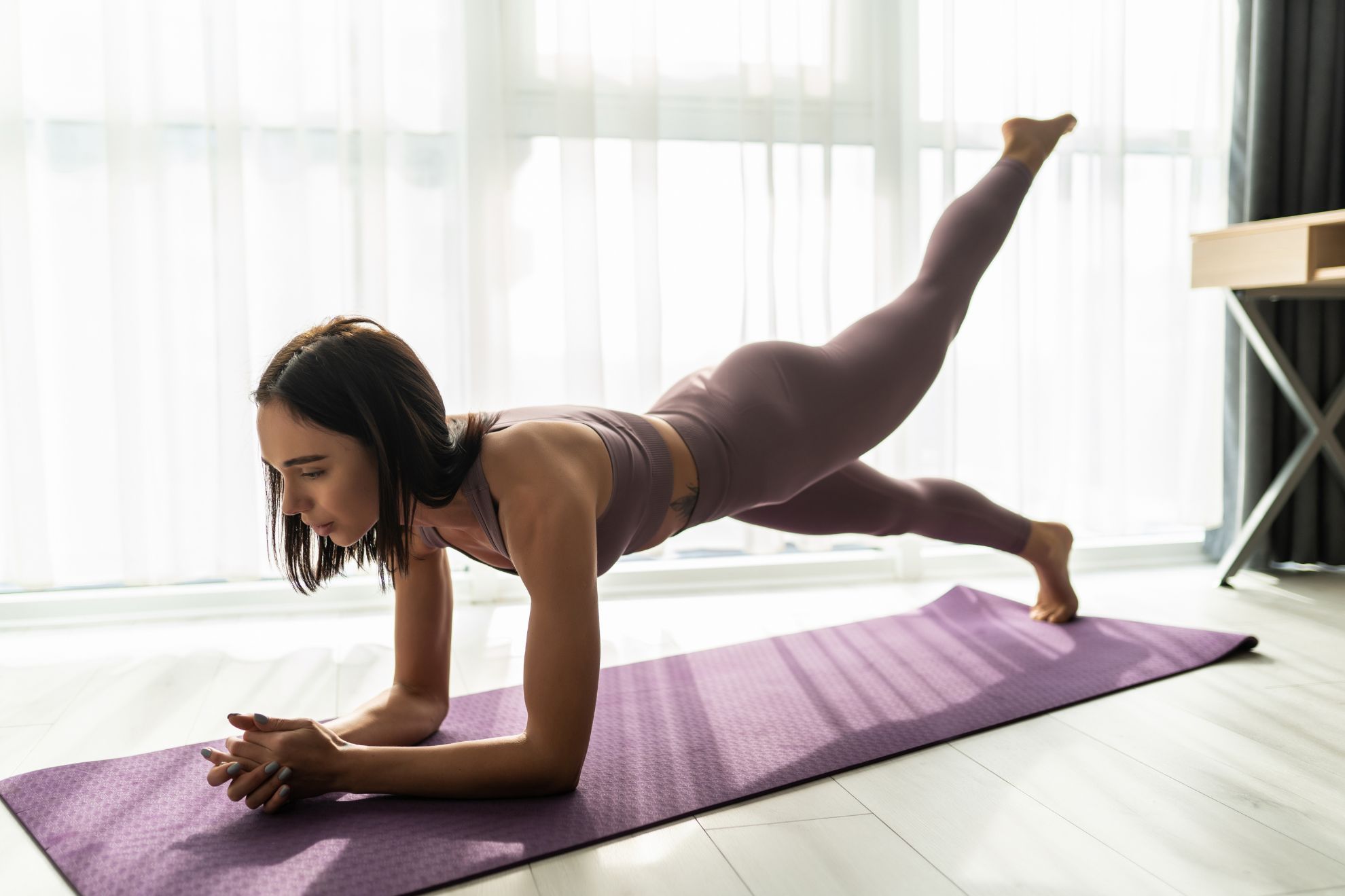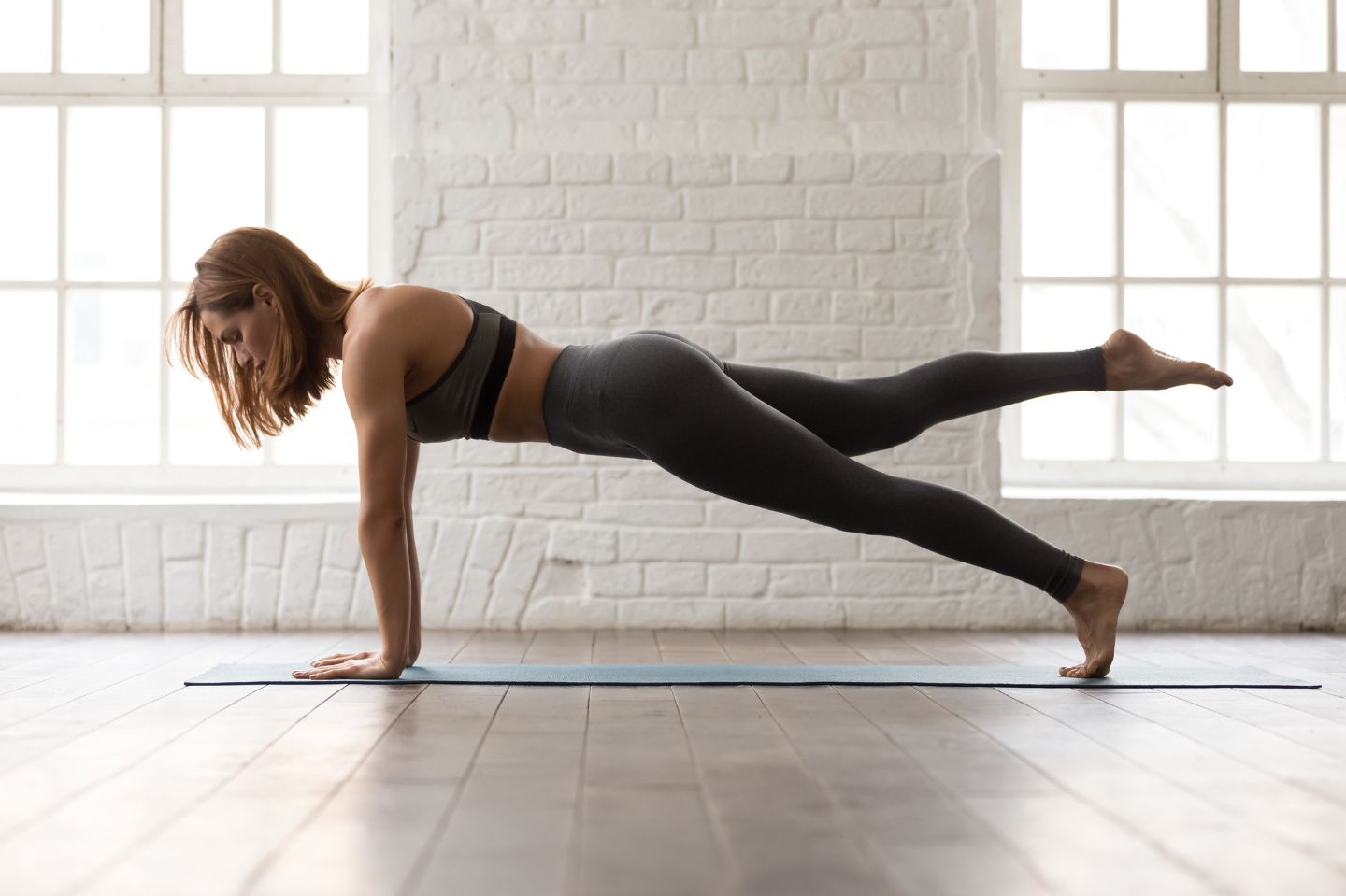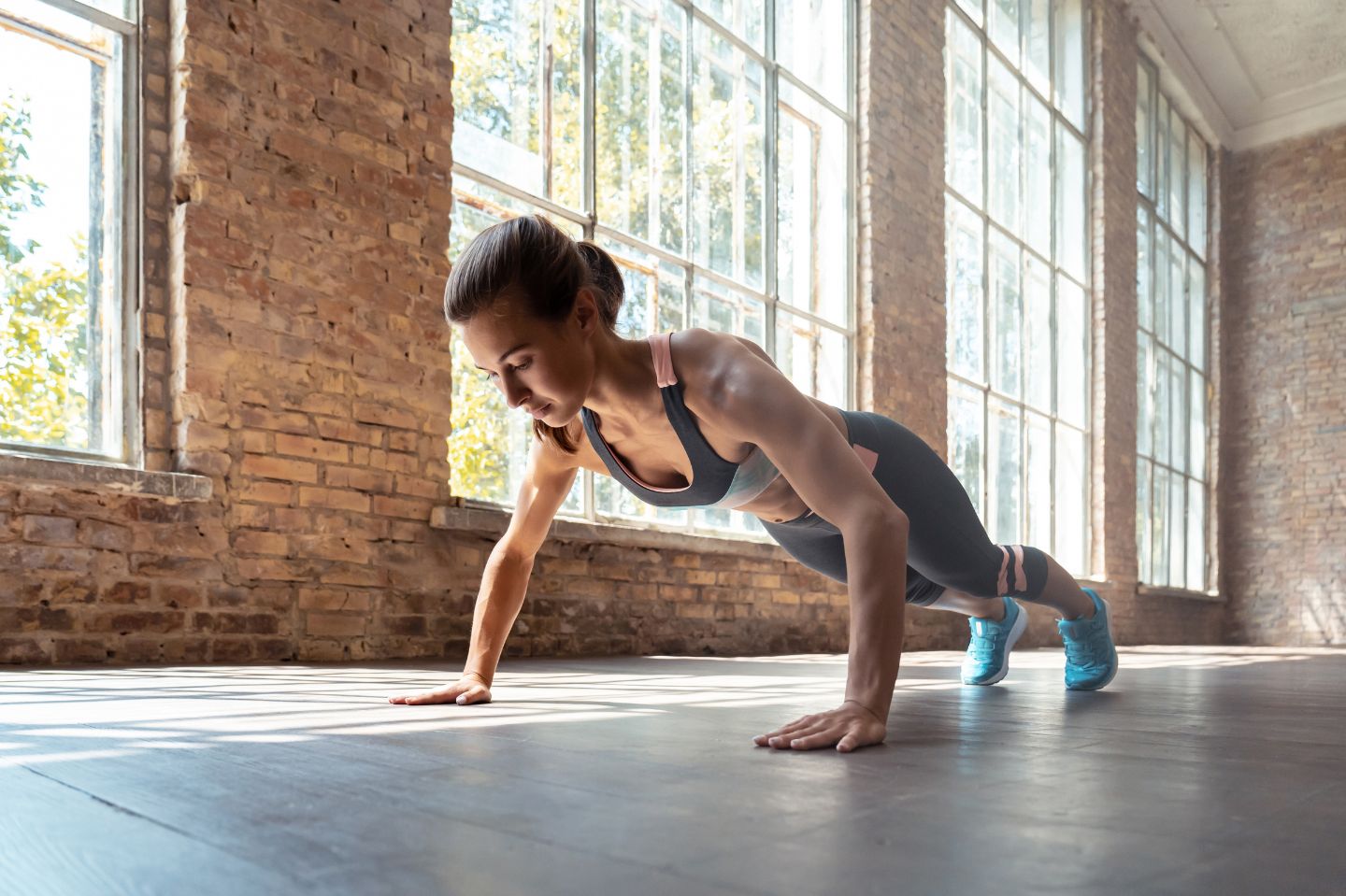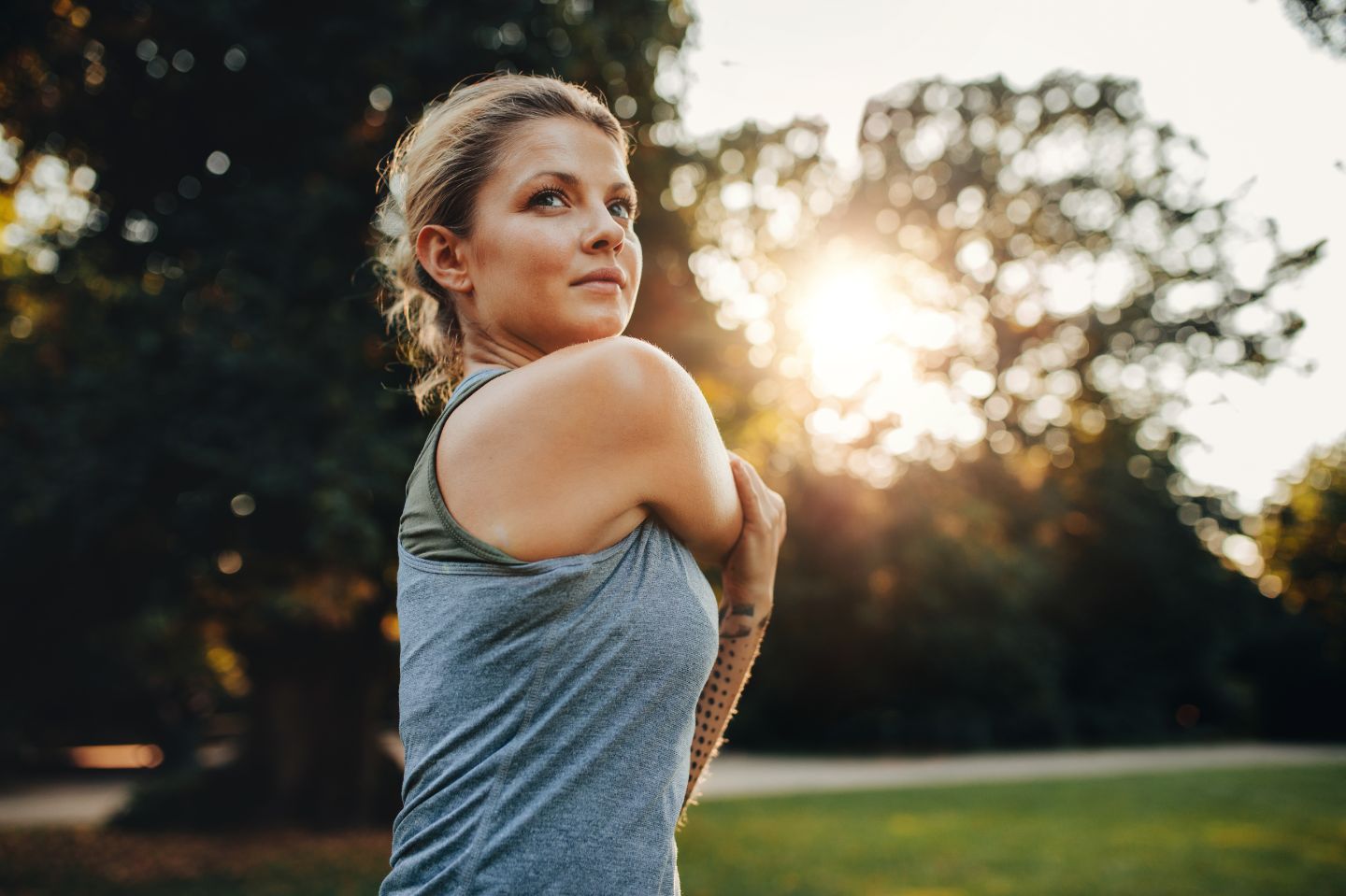Old age comes for us all. But while we can’t yet affect the progression of time, we can take steps to mitigate the effects of aging on our bodies and minds.
When it comes to keeping the mind sharp later in life, it’s clear that having good social relationships and performing mentally taxing activities such as reading and completing puzzles, help in numerous ways. Of course, there are many other ways to stay mentally strong as well.
With regard to maintaining a strong body, the name of the game is exercise. Exercise, in any form, has been shown to be helpful for healthy aging. Cardiovascular exercise keeps the heart and lungs strong. Flexibility exercise encourages good mobility and may decrease pain and stiffness. But strength training might be the king when it comes to exercise for the older person.
In order to combat the effects of natural age-related muscle loss, known as sarcopenia, older people need to complete regular resistance training exercises. If they don’t, they are more likely to be susceptible to frailty-related injuries such as broken hips and similar issues.
With all that being said, let’s take a look at a great workout plan for keeping you strong, no matter what your age may be.
Structure of the Program
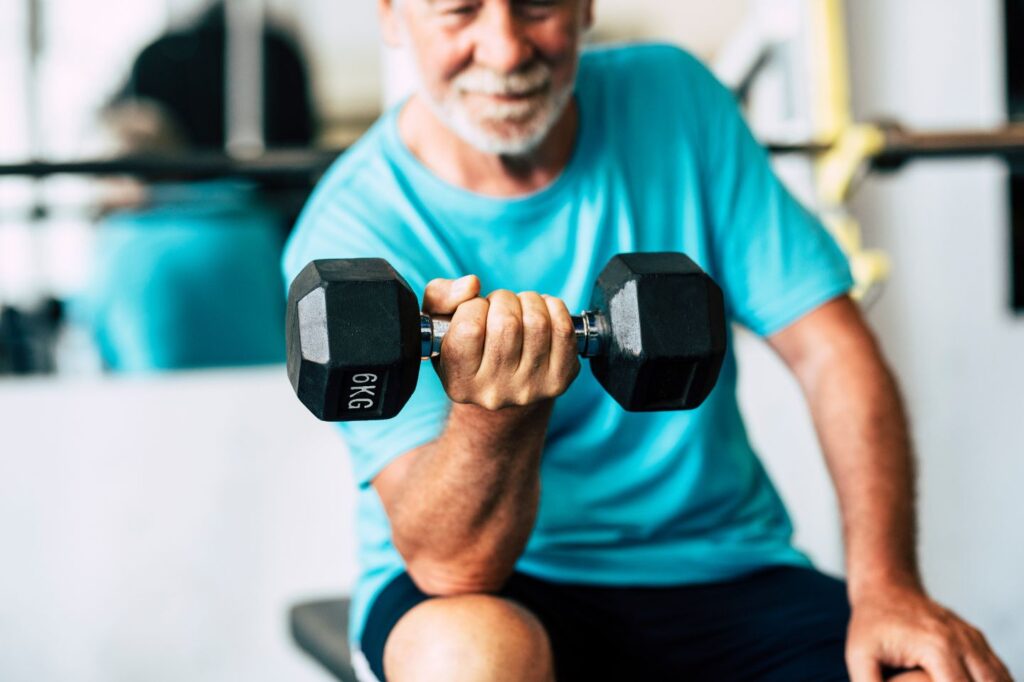
You should consider performing strength training exercises at least 2 days a week, or as many as 5 days per week. This will ensure that you regularly hit all of the major muscle groups and keep yourself as fit as possible later in life.
The following workout is a total body program. This means that you should not perform this routine on consecutive days, rather, you should take at least 48 hours of rest between sessions.
You’ll need a set of dumbbells (or something heavy) and some space to move. You should attempt to complete 8-12 reps of every exercise, with about 1 minute of rest between sets, and 3 sets per exercise. Once you’ve finished an exercise move on to the next one, in any order you like.
Strength Training Program for Seniors
Here it is! A great starter program for any seniors looking to get in shape, stay in shape, or address any strength-related issues. If you have any concerns about this workout, be sure to talk to your healthcare provider before beginning.
1. Squats
Squats are one of the most basic movements ever. But they are critical for good health. So, don’t sleep on these!
How to Perform
- Hold one dumbbell in each hand (or a single dumbbell with both hands).
- Bend your knees and allow your hips to hinge.
- Once you’ve gone as low as you can, stand back up.
2. Supine Chest Press From the Floor
Everyone likes working their chest muscles. But aside from being a fun, aesthetically pleasing muscle group to work with, the pecs are crucial for pushing movements in daily life.
How to Perform
- Lie on your back with your knees bent and your feet on the floor
- Hold the dumbbells, one in each hand.
- Press the weights toward the ceiling.
- Lower them back down to the starting position to complete the rep.
3. Dumbbell Row
Much like the pecs are important for pushing movements, the back muscles are important for daily pulling movements. Rows help to improve the pulling motor pattern.
How to Perform
- Hold one dumbbell in each hand while standing.
- Bend forward at the waist, allowing the arms to hand down to the ground with the weights.
- Pull the weights up toward your chest, then let them slowly return to the extended position to complete the rep.
4. Alternating Lunges
Much like squats, lunges are critical for good movement health. But lunges are even better than squats in some ways, as they emphasize a single leg and allow you to address any asymmetries.
How to Perform
- Start standing, with one dumbbell in each hand.
- Step your right leg forward and bend your right knee, allowing your left knee to lower toward the ground.
- Stand back up, switch legs, and repeat on the other side.
5. Traditional Dumbbell Biceps Curl
Who doesn’t love a good bicep curl? While not as functional as some other movements, bicep strength (and elbow flexion) is critical for lifting objects off of the floor.
How to Perform
- In standing, hold one dumbbell in each hand.
- Bend your elbows, curling the weights upward.
- Lower the weights back down to the starting position to complete the rep.
6. Triceps Kickback with Dumbbells
The triceps make up most of the upper arm. These important muscles are involved in most, if not all pushing motions of the upper body.
How to Perform
- Hold one dumbbell in each hand in standing.
- Bend over at the waist until your trunk is parallel to the ground.
- Straighten out your elbows by contracting your triceps.
- Allow your elbows to bend to complete the rep.
7. RDL with Dumbbells
Deadlifts are, much like squats, a motion we use every day. Picking up grocery bags from the floor and other, similar movies require good deadlift strength.
How to Perform
- Start in standing, holding one dumbbell in each hand.
- Keeping your back straight, bend forward at the waist, lowering the weights toward the floor.
- Once you’ve gone as low as you can comfortably, stand back up to complete the rep.
8. 2-Way Shoulder Raise
The shoulders need to be strong in order to combat the effects of aging. This move builds “boulder shoulders” and it can help you avoid common shoulder injuries later in life.
How to Perform
- In standing, hold one dumbbell in each hand.
- Lift the weights up to the front, with your palms facing one another.
- Once you’ve lifted the weights to about 90 degrees, return them to the starting position.
- Next, lift the weight straight out to the sides.
- Once you’ve reached about 90 degrees, lower them back down to the starting position to complete one rep.
9. Ab Rotations
Abs are often only considered in terms of sit-ups or crunches. However, by incorporating a twisting motion, you can increase the oblique activation, improving the effectiveness of the exercise overall.
How to Perform
- Start in a seating position on the floor.
- Hold one dumbbell with both hands.
- Lean back until you feel your abs activate.
- Twist the weight to the right side, then to the left to complete one rep.
10. Standing Windmills
Windmills are a great move for increasing shoulder stability and core strength.
How to Perform
- Hold one dumbbell in your right hand while in standing.
- Turn to your right as you reach your left hand to the ground.
- Return to the starting position to complete the rep.
- Remember to perform on both sides.
Conclusion
Getting older isn’t for the weak! There are tons of orthopedic issues that plague the older population. Luckily, by performing regular strength training, you can fight back against these common ailments.
Just remember to take your time and listen to your body. With just one quality workout at a time, you’ll vastly improve your chances of aging in a healthy manner.
Works Cited
- Luong G, Charles ST, Fingerman KL. Better With Age: Social Relationships Across Adulthood. J Soc Pers Relat. 2011 Feb 1;28(1):9-23. doi: 10.1177/0265407510391362. PMID: 22389547; PMCID: PMC3291125.
- Cannataro R, Cione E, Bonilla DA, Cerullo G, Angelini F, D’Antona G. Strength training in elderly: An useful tool against sarcopenia. Front Sports Act Living. 2022 Jul 18;4:950949. doi: 10.3389/fspor.2022.950949. PMID: 35924210; PMCID: PMC9339797.


